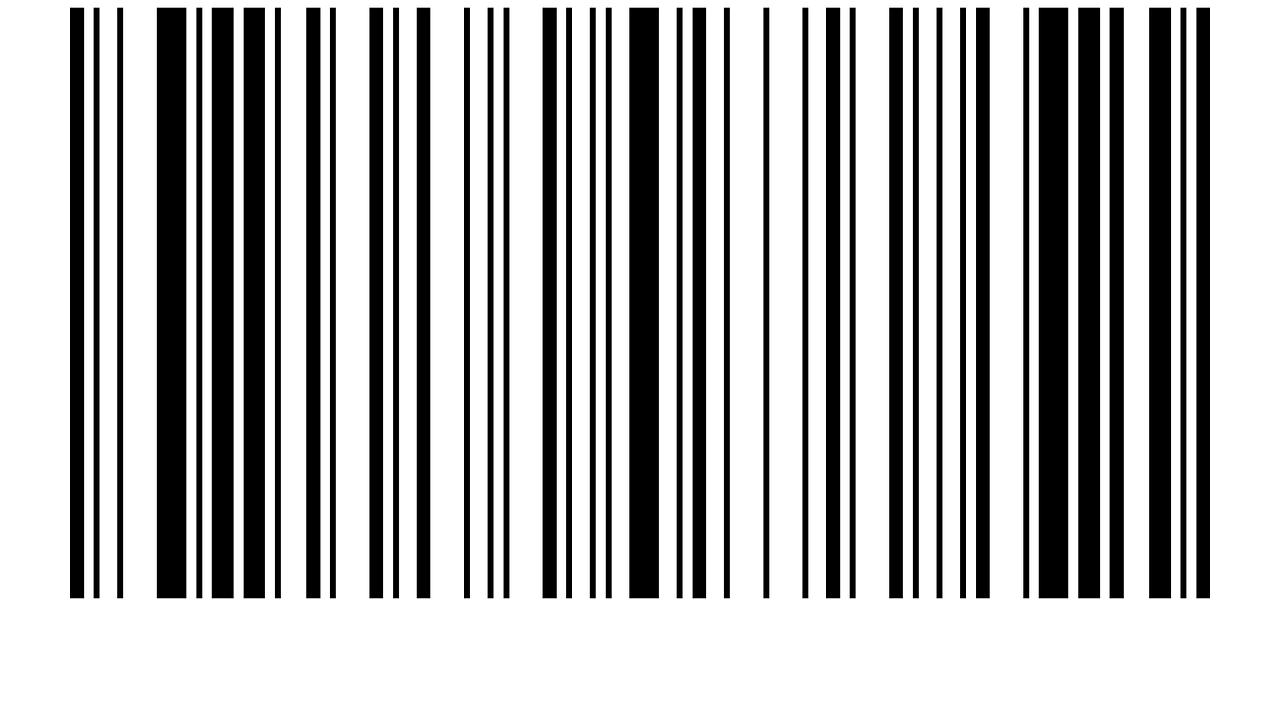Traditional methods of tracking expenses have become cumbersome, disorganized, and time-consuming. As more individuals seek to streamline their financial processes, receipt scanners have gained popularity as effective tools for managing receipts. By digitizing paper receipts, users can simplify their financial record-keeping and gain more control over their budgeting. Read on to explore the numerous advantages of employing a receipt scanner in your expense-tracking routine.

Table of Contents
Simplifying Expense Tracking
Keeping track of expenses has always been a challenge for many, with the endless accumulation of paper receipts leading to confusion. A receipt scanner converts physical receipts into digital formats. That said, users can store, organize, and categorize their receipts in a more efficient way. With each scan, details from the receipt, including the date, amount, and merchant, are automatically extracted, reducing the need for manual data entry. This process leverages advanced receipt OCR technology, which uses AI to understand and extract any POS format. The ability to search for receipts quickly brings about a level of organization that traditional methods simply cannot match. Users can easily reference past purchases and quickly resolve any disputes or track spending trends.
Cost Savings and Budget Control
Utilizing a receipt scanner empowers individuals to take better control of their budget. By maintaining clear digital records of every transaction, users can analyze their spending habits more effectively. Thanks to increased visibility, they can identify areas where they might be overspending or can cut back. When people know exactly how much they are spending in various categories, it’s much easier to allocate funds towards savings and essential expenses. Many users report improved financial health and decreased financial stress.
Scanned receipts can assist in preparing for tax season, providing accurate documentation that minimizes the risk of errors. When users maintain organized records throughout the year, they facilitate a smoother tax-filing process and don’t miss out on potential deductions.
Improved Security and Protection
Physical receipts can easily be damaged or lost, resulting in potential headaches when attempting to manage finances. Receipt scanners digitize receipts and provide a secure backup. When they store receipts in the cloud or on a secure platform, users protect themselves from unforeseen mishaps, like floods or fires, that can destroy paper records.
Digital records are easier to protect against unauthorized access. Most receipt-scanning applications come equipped with encryption features and user authentication so that financial data remains secure. Users know that their financial records are accessible and safeguarded at all times.
Easy Integration with Financial Software
Most modern receipt-scanning applications have developed partnerships with popular accounting software such as QuickBooks, Expensify, and others. Users can sync their scanned receipts directly into their financial records, reducing the hassle of manual input. They can maintain up-to-date financial reports without spending hours entering data.
Integrating these systems can provide deeper insights into spending habits and financial performance. Users can generate personalized reports that reveal trends and offer recommendations for optimizing financial strategies. The combination of receipt scanning with financial software brings organization and efficiency to personal finance management. They benefit from comprehensive and holistic overviews of their financial health, propelling them towards better financial decisions.

The advantages of using a receipt scanner extend far beyond simple convenience. From simplifying expense tracking and budget control to providing security, receipt-scanning technology is now an indispensable part of effective personal finance management. As individuals continue to embrace technology, implementing a receipt scanner may just be one of the smartest financial decisions they make this year.
